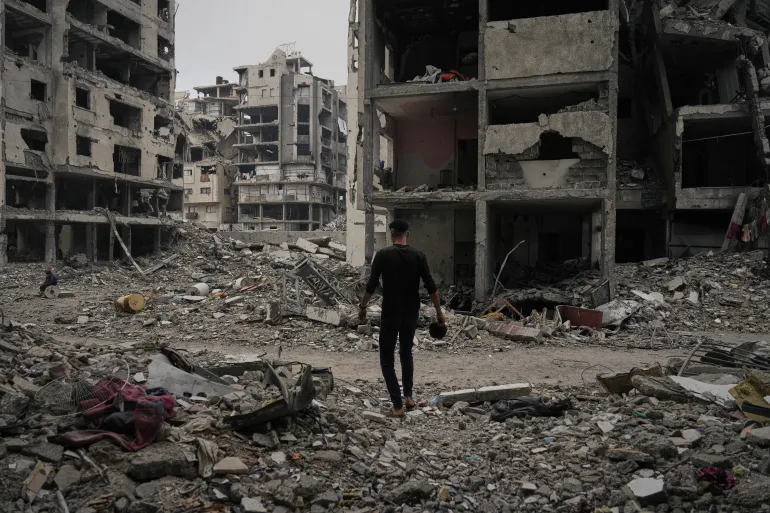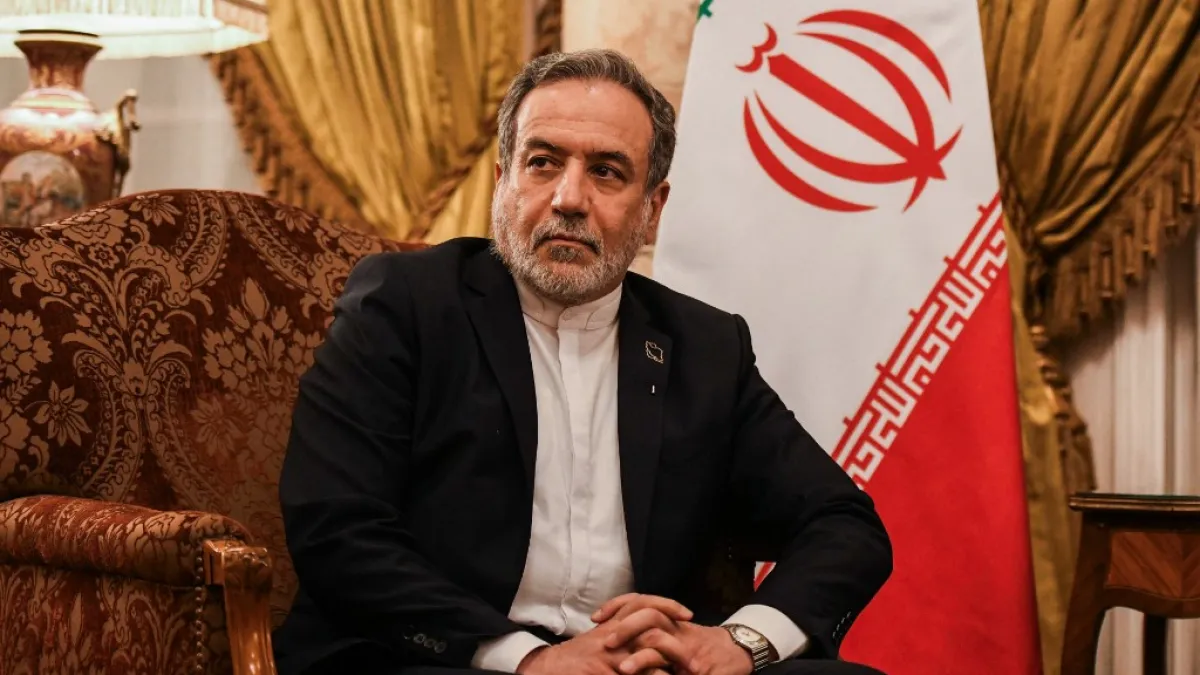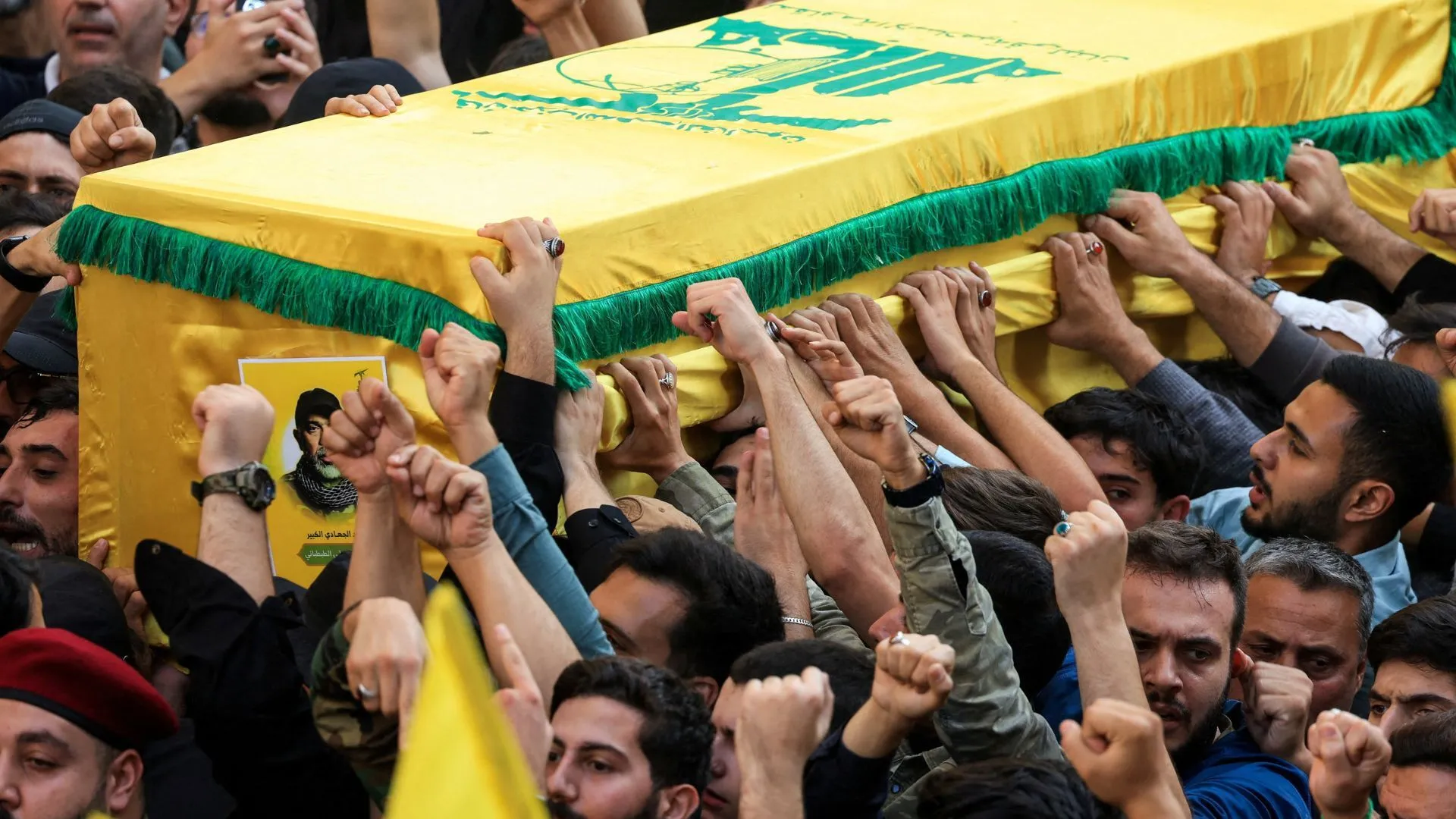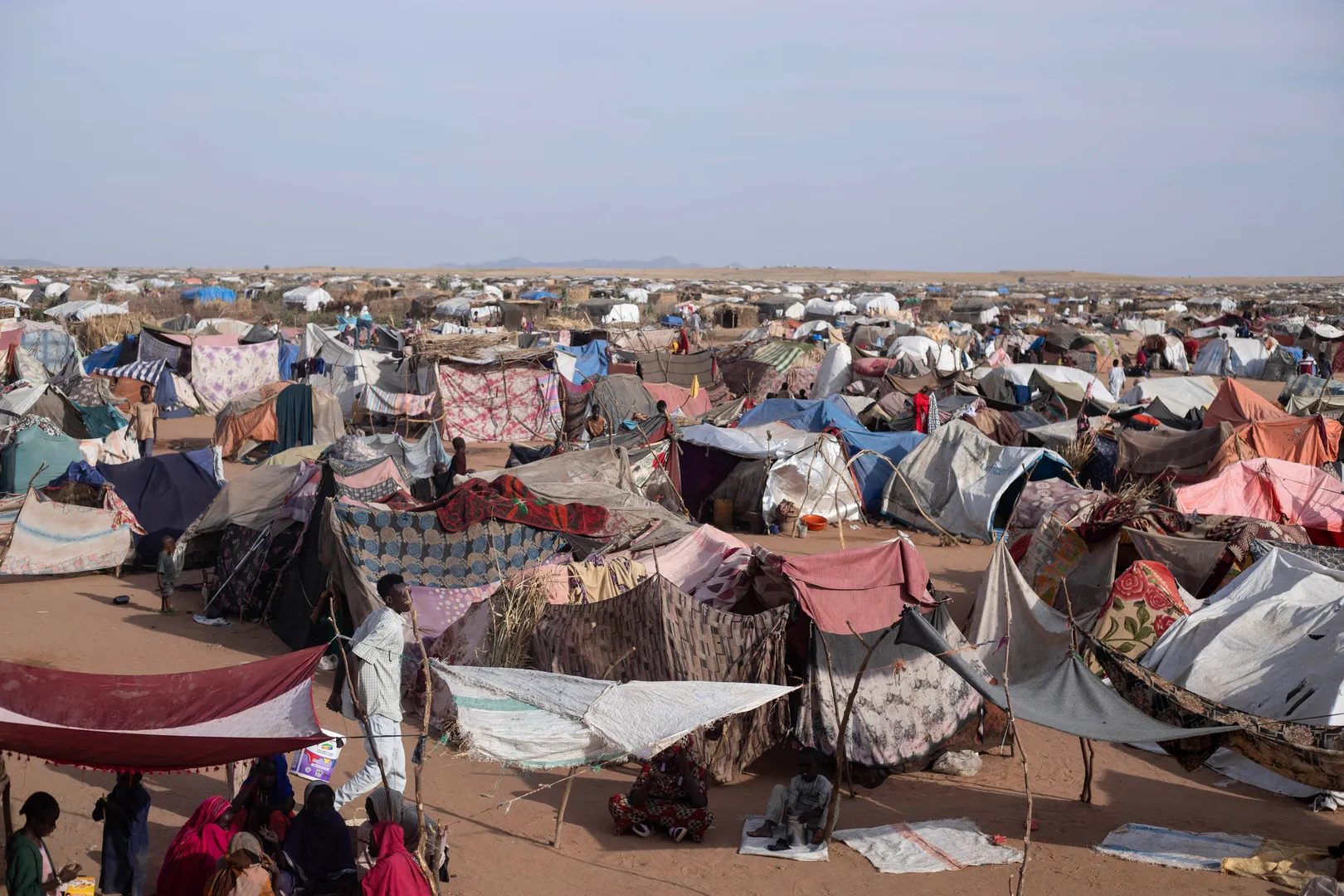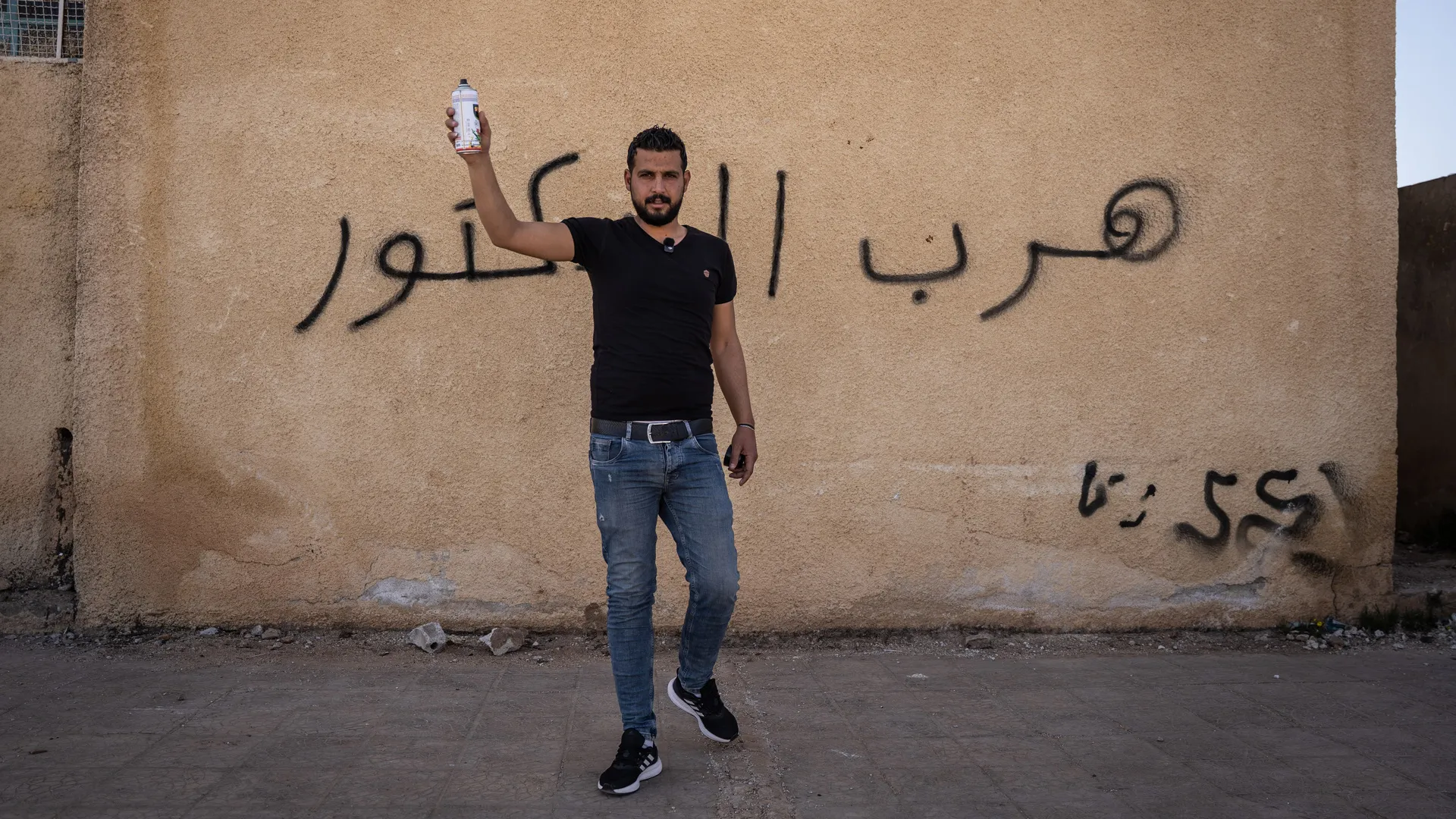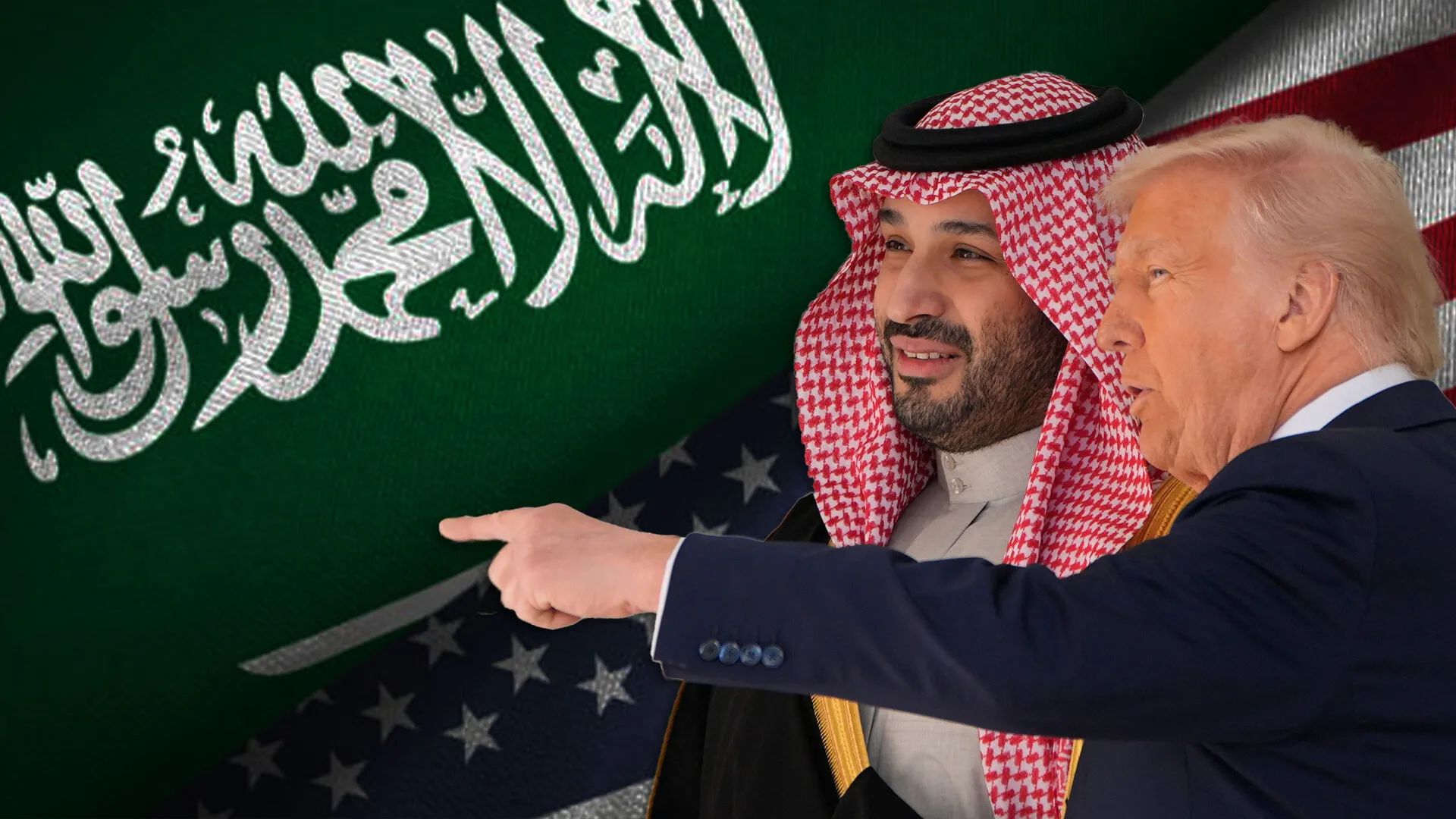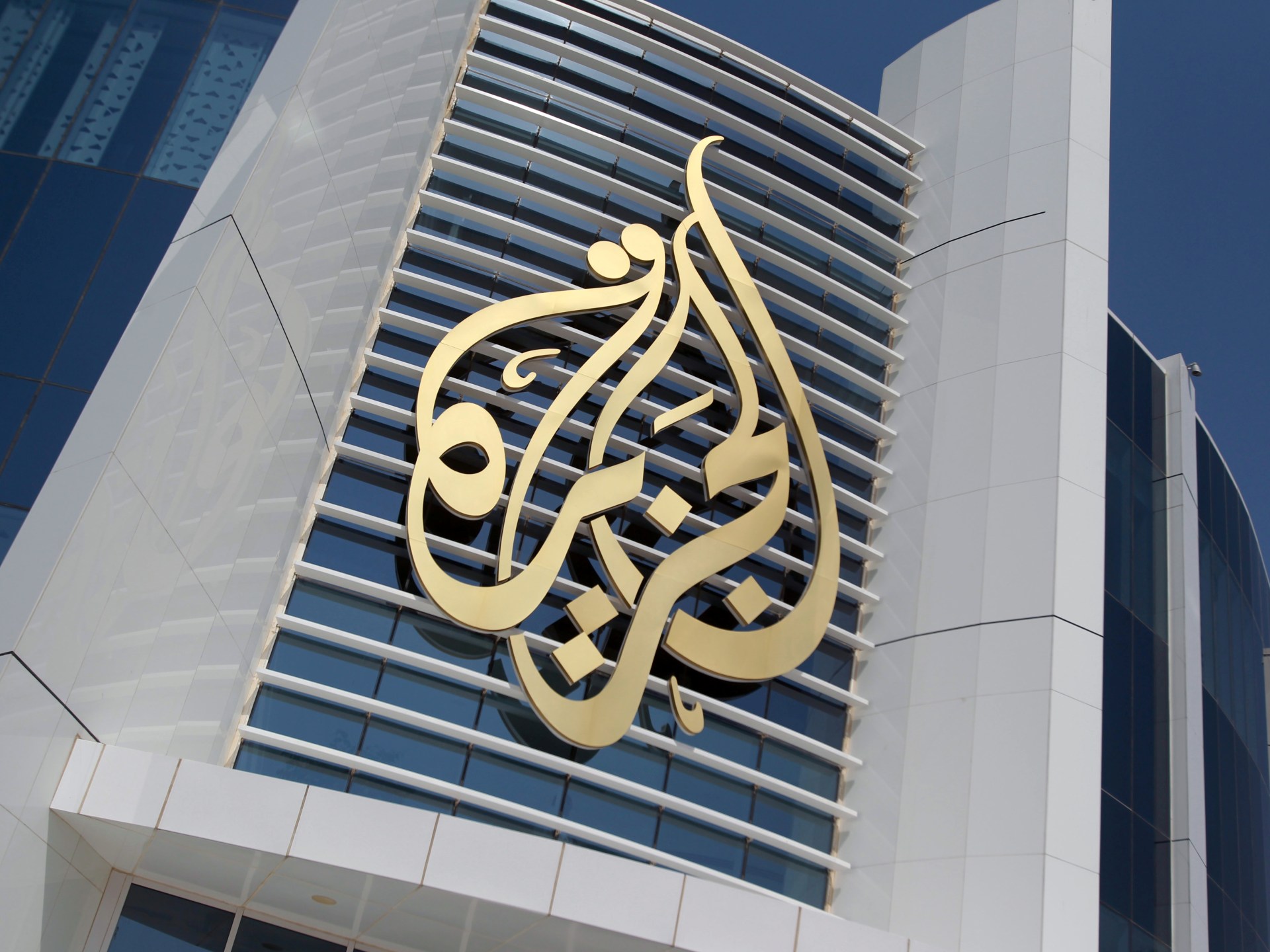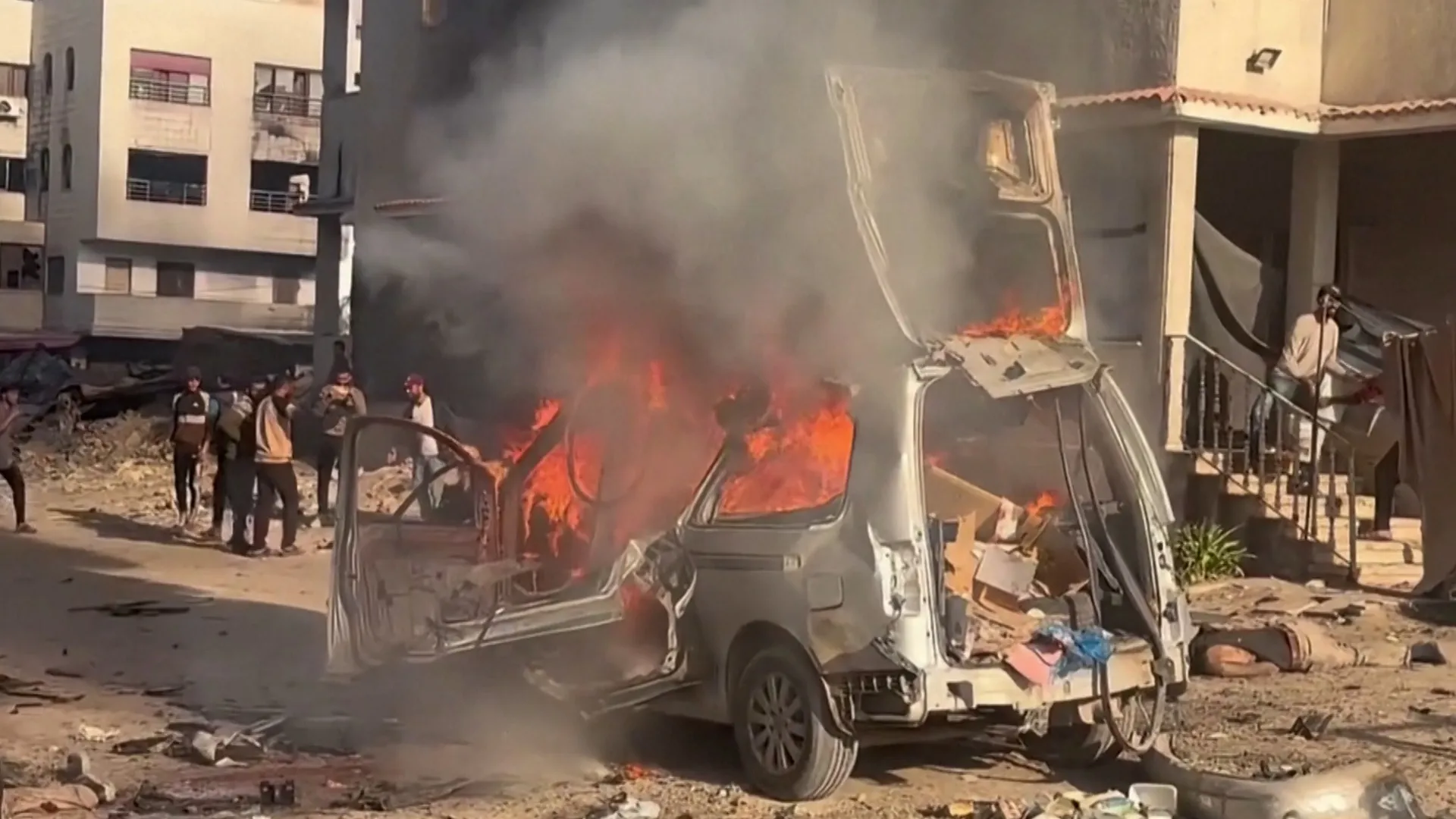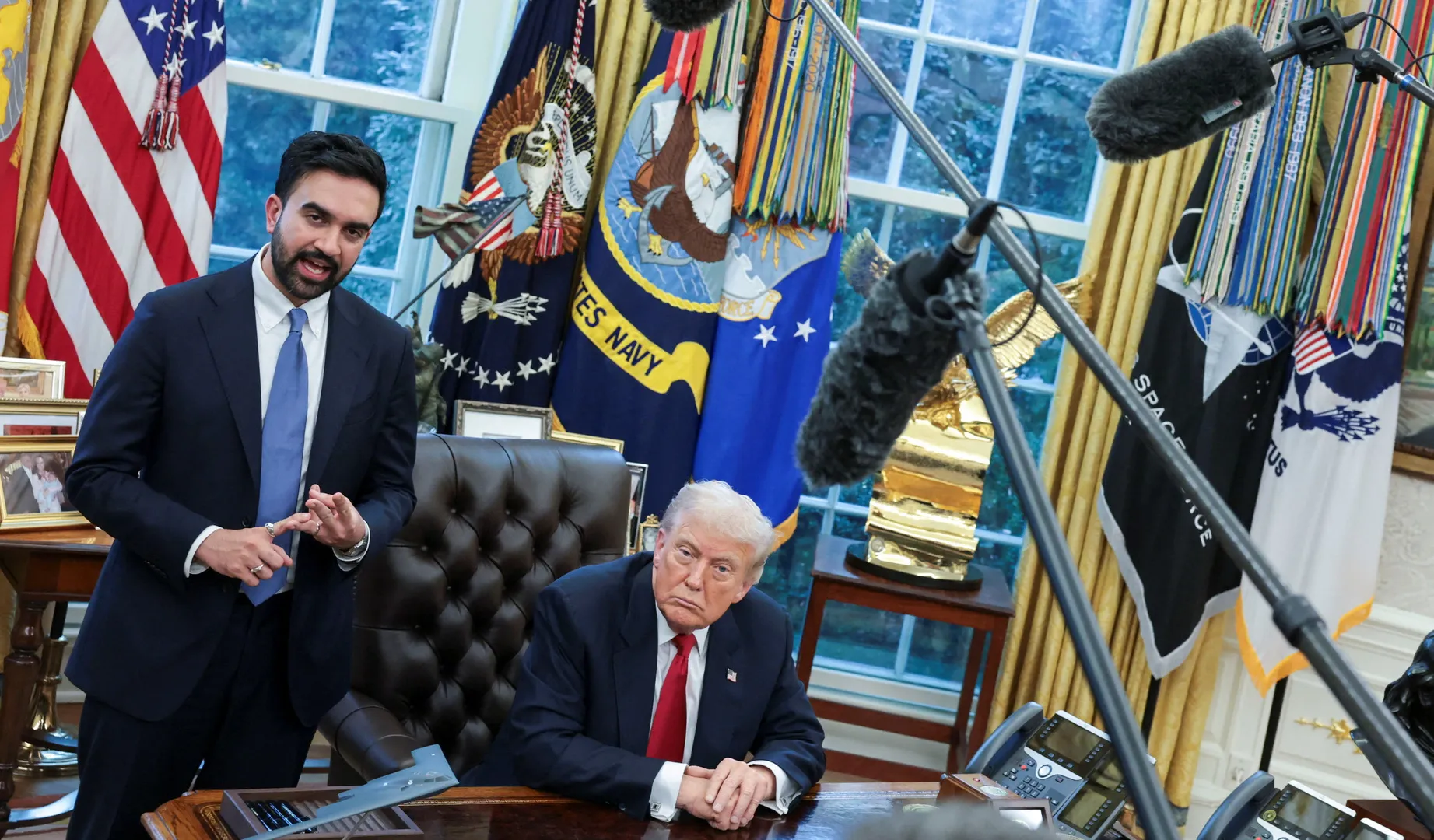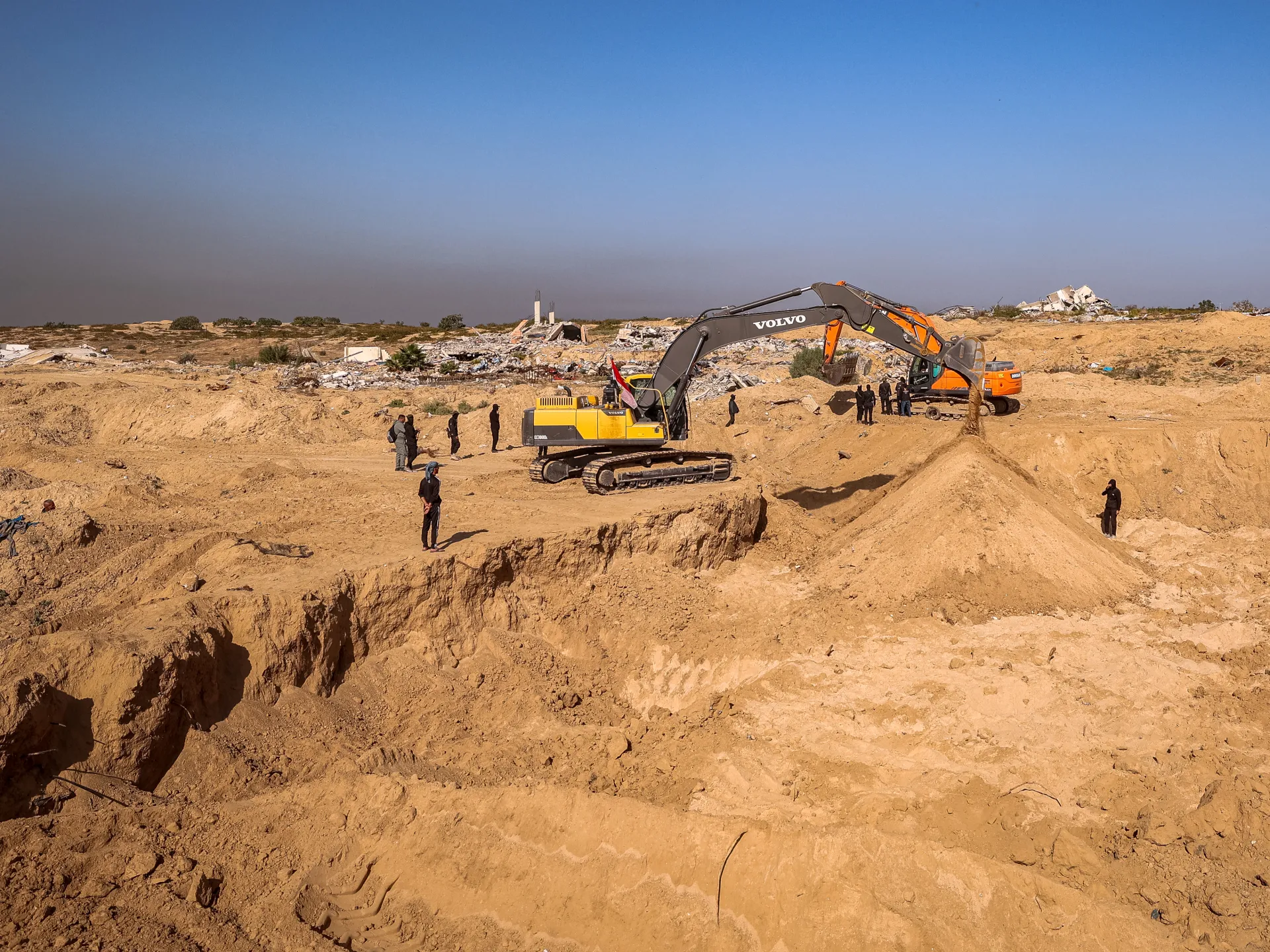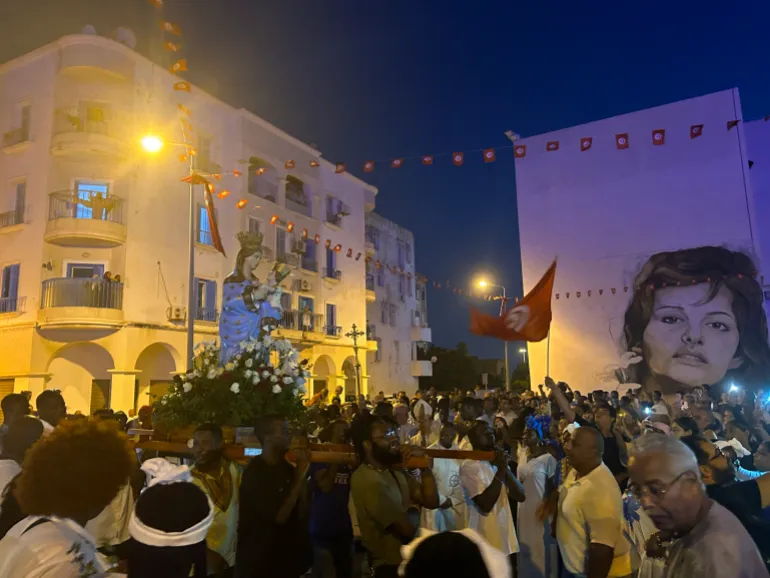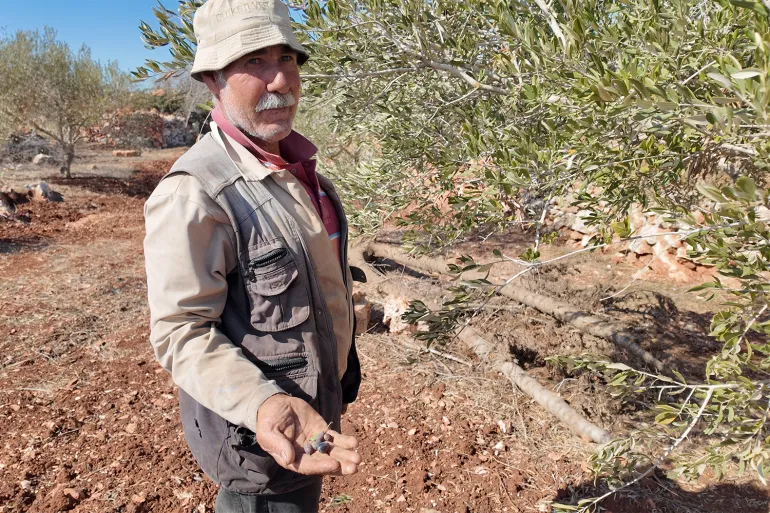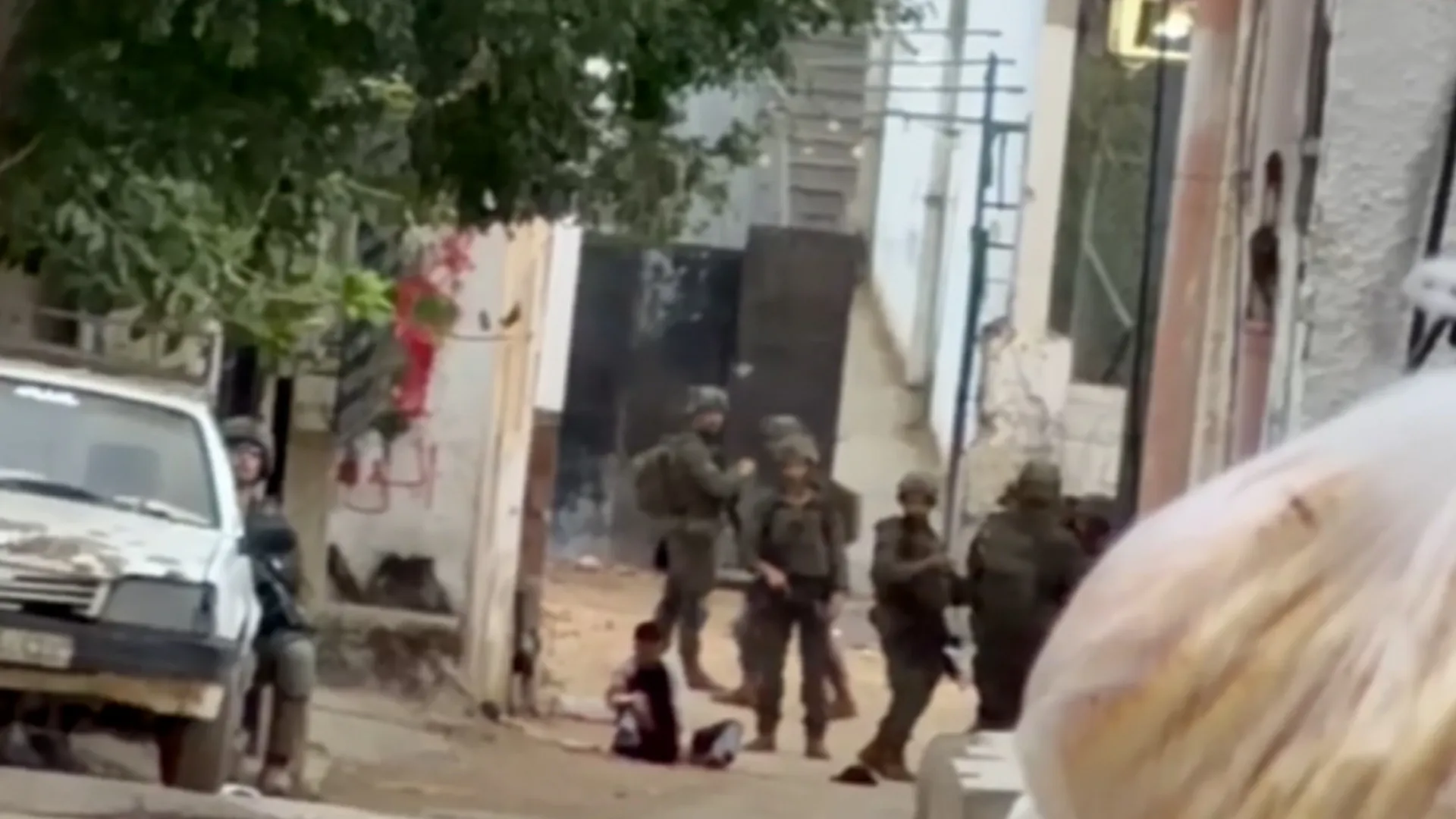Israel kills four Palestinians in Gaza; fighters recover body of captive | Gaza News
Israeli forces have killed at least four Palestinians and wounded several others across Gaza despite a six-week ceasefire, as a Palestinian armed group announced recovering the body of another captive in the war-torn territory.
The victims on Monday included a Palestinian man who was killed in a drone attack in the southern town of Bani Suheila, in an area controlled by Israeli forces beyond the so-called “yellow line”.
Recommended Stories
list of 3 itemsend of list
Separately, a Palestinian child was also killed in northern Gaza City when ordnances left behind by Israeli forces exploded, according to the territory’s civil defence.
The group said several more children were wounded, with some in critical condition.
Al Jazeera’s Tareq Abu Azzoum, reporting from Gaza City, said Israeli attacks also continued throughout the day, with artillery, air raids and helicopter strikes reported in both northern and southern parts of the enclave.
In Beit Lahiya, Israeli fire hit areas outside the yellow line. In the south, tanks and helicopters targeted territory northeast of Rafah and the outskirts of Khan Younis.
“There are extensive Israeli attacks beyond the yellow line that have led to the systematic destruction of Gaza’s eastern neighbourhoods,” Abu Azzoum said.
Testimonies gathered by families, he added, point to a “systematic attempt to destroy Gaza’s neighbourhoods and create buffer zones, making these areas completely uninhabitable, which complicates a return for families”.
In central Gaza, civil defence teams, operating with police and Red Cross support, recovered the bodies of eight members of a single family from the rubble of their home in the Maghazi camp, the Palestinian Wafa news agency reported, which was struck in an earlier Israeli attack.

The Gaza Government Media Office said the number of bodies retrieved since the ceasefire began has now reached 582, while more than 9,500 Palestinians remain missing beneath the ruins of bombed-out districts.
Captive’s body recovered
The Palestinian Islamic Jihad, an armed group allied with Hamas, meanwhile, announced it had recovered the body of an Israeli captive in Nuseirat camp in central Gaza.
If the body is identified, two more will have to be recovered under the first phase of the Gaza ceasefire deal. Israel is supposed to return the bodies of 15 Palestinians in exchange for each captive’s body.
Hamas has previously said the widespread destruction has hampered efforts to locate the remaining bodies.
Also on Monday, the GHF, a US-backed entity that operated parallel to United Nations aid structures, announced the end of its activities in Gaza.
The organisation cited provisions in the October ceasefire as the reason for its withdrawal.
UN experts say at least 859 Palestinians were killed around GHF distribution points since May 2025, with Israeli forces and foreign contractors regularly opening fire on crowds desperately seeking food.
The scheme drew widespread condemnation for bypassing established humanitarian channels.
Israeli attacks on the West Bank
Across the occupied West Bank, Israeli forces stepped up raids overnight, arresting at least 16 Palestinians, according to Wafa. Arrests were reported in Iktaba near Tulkarem, in Tuqu southeast of Bethlehem, in Kobar near Ramallah, and in Silat al-Harithiya west of Jenin.
Israeli troops also detained residents in Tubas and the surrounding areas.
Violence escalated further on Sunday night when Israeli forces killed a 20-year-old law student, Baraa Khairi Ali Maali, in Deir Jarir, north of Ramallah.
Wafa reported that clashes erupted after Israeli settlers attacked Palestinian homes on the village’s outskirts. Fathi Hamdan, head of the local council, said troops entered the village to protect the settlers, then opened fire on Palestinians confronting them.
![Mourners pray next to the body of one of two Palestinians killed by Israeli fire in Khan Younis in the southern Gaza Strip, November 24, 2025. [Ramadan Abed/Reuters]](https://i0.wp.com/www.aljazeera.com/wp-content/uploads/2025/11/2025-11-24T102903Z_1570249249_RC2Y2IASY4MS_RTRMADP_3_ISRAEL-PALESTINIANS-GAZA-1763993548.jpg?w=640&ssl=1)
Maali suffered a gunshot wound to the chest and died shortly after arrival at hospital. His killing follows the fatal shooting of another young man by settlers in Deir Jarir last month.
Elsewhere in the West Bank, Israeli soldiers injured two Palestinian women and detained two brothers during a raid in Kafr Qaddum, east of Qalqilya.
Settler attacks also continued. Fires were set on agricultural land between Atara and Birzeit, north of Ramallah, destroying farmland belonging to residents.
In a separate incident in Atara, settlers from a newly established outpost torched olive trees and stole farming equipment.
Israeli settler violence has surged over the past two years; since October 7, 2023, at least 1,081 Palestinians have been killed in the occupied West Bank by Israeli forces and settlers, including 223 children, with more than 10,614 wounded and more than 20,500 arrested.
Israeli ceasefire violations in Lebanon
In Lebanon, Hezbollah held a funeral for senior commander Haytham Ali Tabatabai, assassinated by Israel on Sunday.
Images from Beirut’s southern suburbs showed mourners carrying his coffin, wrapped in yellow and green, as Hezbollah flags lined the streets. The group has not yet announced how it will respond.
Mahmoud Qmati, vice president of Hezbollah’s Political Council, called the killing “yet another ceasefire violation”, accusing Israel of escalating the conflict “with the green light given by the United States”.
Security analyst Ali Rizk said Hezbollah is weighing its options carefully, warning that the group is unlikely to “give Netanyahu an excuse to launch an all-out war against Lebanon”, which he said could be more devastating than the current limited exchanges.
![Hezbollah fighters raise their group's flags and chant slogans as they attend the funeral procession of Hezbollah's chief of staff, Haytham Tabtabai, and two other Hezbollah members who were killed in Sunday's Israeli airstrike, in a southern suburb of Beirut, Lebanon, Monday, November 24, 2025. [Hussein Malla/AP]](https://i0.wp.com/www.aljazeera.com/wp-content/uploads/2025/11/AP25328410378279-1763992752.jpg?w=640&ssl=1)
Geopolitical analyst Joe Macaron said the US is “no longer restraining Israel” and is instead supporting Israeli operations in Syria, Gaza and Lebanon.
Reporting from Beirut, Al Jazeera’s Zeina Khodr said that Hezbollah, in turn, faces a strategic dilemma: retaliation could risk a massive Israeli assault, yet inaction could erode its deterrence.
Imad Salamey of the Lebanese American University said any Hezbollah response could be met with a “severe” Israeli reaction.
Speaking to Al Jazeera, he added that Israel’s right-wing government “is eager to escalate because escalation will serve that government staying in power”.
Salamey argued that Hezbollah’s deterrence capacity has been “severely damaged” and that the group “no longer has the support it used to have or the logistical routes it used to utilise via Syria”.
